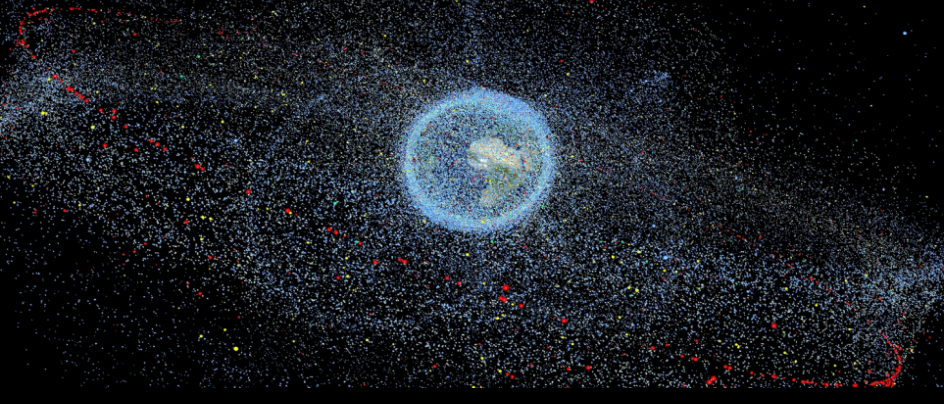Speaker
Description
In the context of the increasingly important discussion about environmental protection on Earth, the environmental protection of space is also a developing field of research. During the last years, the discussion about a sustainable use of the limited resource of space has increased and is getting even more important when looking at the sophisticated plans of some stakeholders, e.g. SpaceX and the Starlink mega-constellation. For a description of the sustainability of the space debris environment it is essential to be able to quantify it. Some efforts for such quantification were undertaken in the past that are beyond the widely known key indicators, such as spatial density or the simple number of objects. The disadvantage of most of the already existing indices for quantification is often a relatively small number of indicators that are considered and that no weighting of the indicators is made. This is the starting point of the present work: we worked on an index to describe the space debris environment, that allows the consideration of various key indicators with weighting factors in order to provide a normalized metric. These weighting factors can reflect the relative importance of single indicators with respect to the global sustainability. The index is based on the one hand on a survey among diverse stakeholders from the space sector. The survey enabled us to include different opinions on sustainable space flight. On the other hand, we included not only typical indicators of the debris environment, but equally an inquiry in various non-space research areas, like economy, forestry, and oceanography. With a look into different research areas we were able to describe how complex correlations and in which manner, qualitative indicators were made quantifiable in these areas. With this background we defined different key indicators and their respective composition and weighting to form a generalized sustainability index. The possibility to quantify the space environment’s health in a proper and generalized way is the first step for a definition of a sustainable space debris environment.

